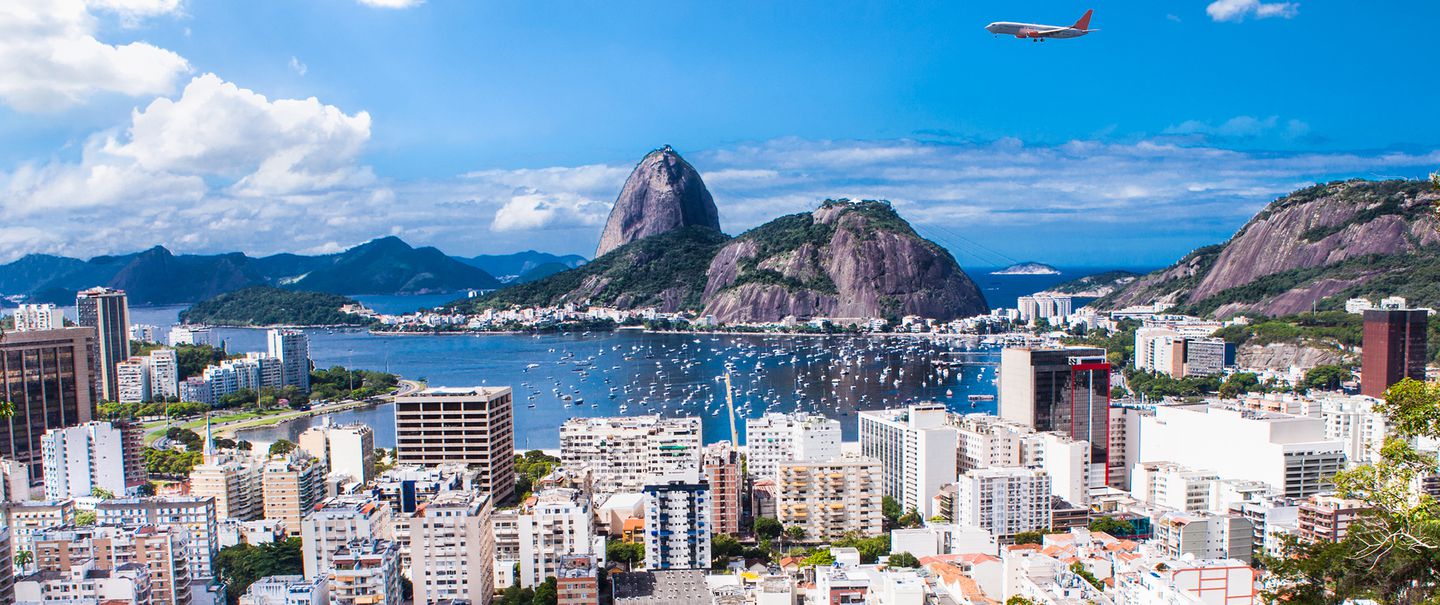Big City, Big Country
Brazil: an enormous country, diverse in people and natural landscapes -- and home to some pricey tourist destinations. Enjoying a Carioca (anything related to Rio de Janeiro) getaway on a limited budget requires some planning, but there are plenty of sights and experiences that cost little or nothing in Rio and elsewhere in Brazil.


































